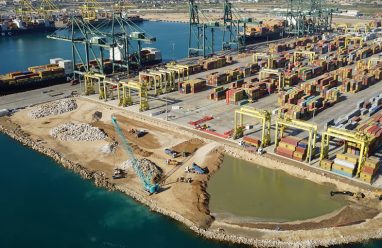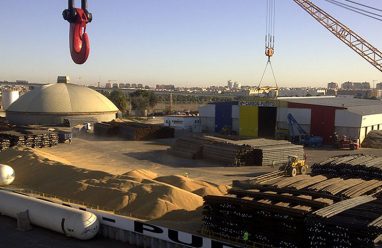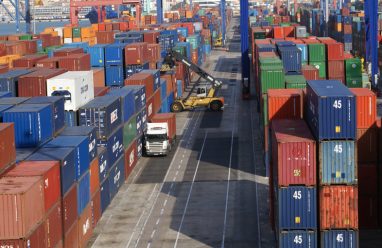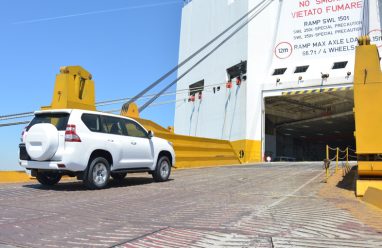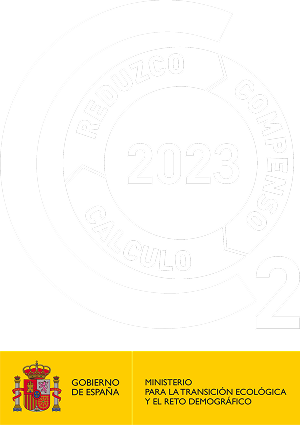Linked to work on R&D&I projects in logistics and transport, Fundación Valenciaport has carried out a large number of economic and financial feasibility studies, reinforcing the skills and experiences acquired in the field of analysis of infrastructure investment projects. Always aligned with the financial methodologies and reference guides published by different institutions, Fundación Valenciaport’s different areas of specialization enable it to carry out studies of the economic and financial feasibility of multiple aspects of the transport chain. Below is a list of some of the analyses carried out:
- Analysis of the economic and financial feasibility of the conversion to liquefied natural gas (LNG) of the fleet operating in the Mediterranean.
- Analysis of the economic and financial feasibility of the LNG conversion of the fleet of ferries belonging to the shipping company Baleària.
- Analysis of the economic and financial feasibility of retrofitting an engine to run on LNG.
- Analysis of the economic and financial feasibility of the construction of a Multiple Truck System for LNG bunkering in the Port of Gijón
- Analysis of the economic and financial feasibility of the use of electrical machinery in container terminals
- Analysis of the economic and financial feasibility of the use of LNG-fuelled machinery in container terminals
- Analysis of the economic and financial feasibility of the construction of an LNG bunkering barge for the Port of Algeciras
- Analysis of the economic and financial feasibility of an urban freight distribution system using electric tricycles in Valencia
- Financial analysis of the simplification of railway procedures in corridors in Spain, Italy and Slovenia.
- Analysis of the economic and financial feasibility of the sensorization of a container terminal
- Analysis of the economic and financial feasibility of improvements to transport firm management systems
- Financial feasibility analysis of an empty container monitoring and inspection system.
- Financial feasibility analysis of the implementation of electronic T2L in Spain
- Financial feasibility analysis of various trade facilitation and customs simplification procedures in the European context
- Analysis of the economic and financial feasibility of the European project to improve Sea Traffic Management (STM Validation Project)
- Financial feasibility analysis of the use of RFID technology to improve traceability in vehicle terminals.
- Financial feasibility analysis of the installation of an automatic gate system in the port
With the specific methodological approaches included in each of the reference manuals, and in line with that set out in the case of investment projects, the basic stages of an economic and financial feasibility analysis are the following:
- Analysis of the context of the project, taking into account the economic, social and legislative aspects related to it, as well their alignment with project objectives.
- Analysis of the proposed options, as well as definition of project and business model
- Demand analysis; this a key element in the study of any investment project, since the correct characterization of current flows and the estimation of future flows will be one of the main factors influencing the amount of revenue and expenditure, as well as the scope of the project itself.
- Financial analysis; an estimation of the revenue and expenditure associated with the implementation of the project, an analysis of the different sources of financing to select the most appropriate, and the calculation of the profitability indicators of the project (Internal Rate of Return, Net Present Value and pay-back)
- Economic analysis; quantifying the effects of the project on society in general, looking beyond the actors who are directly involved in the development of the project. This involves the calculation of the Internal Rate of Economic Return, Net Present Economic Value and economic pay-back).
- Risk analysis; an assessment of how the results would be affected in terms of financial and economic profitability in the event of changes to critical variables.


